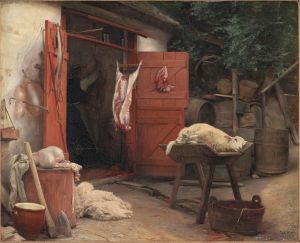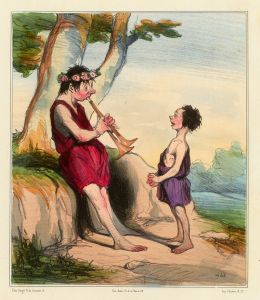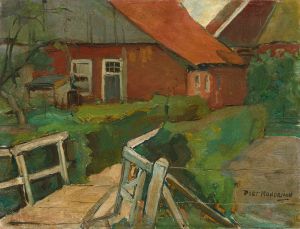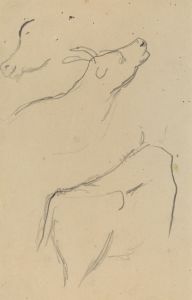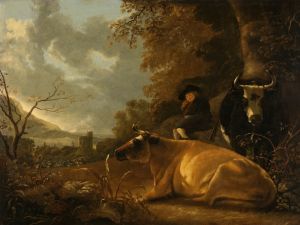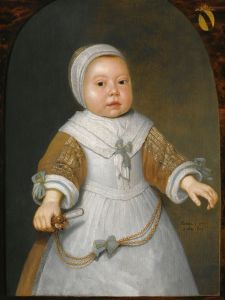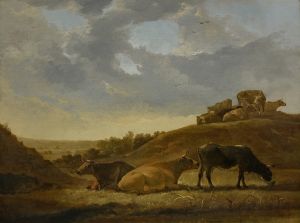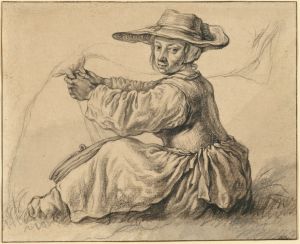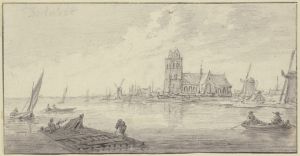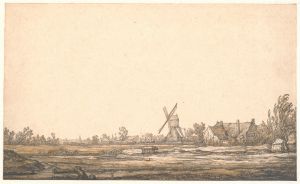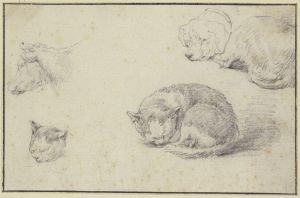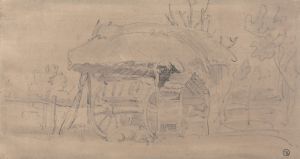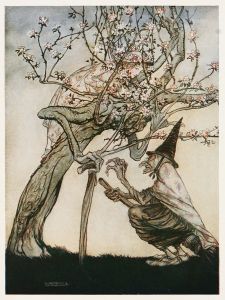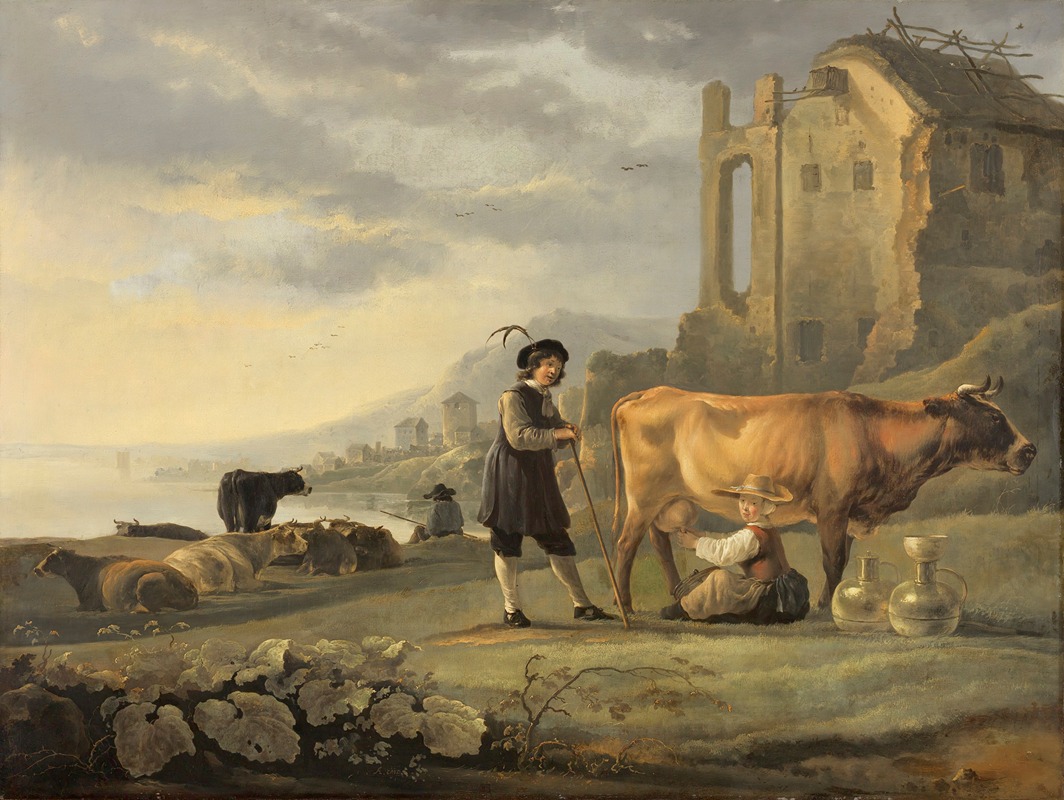
Landscape with Maid Milking a Cow
A hand-painted replica of Aelbert Cuyp’s masterpiece Landscape with Maid Milking a Cow, meticulously crafted by professional artists to capture the true essence of the original. Each piece is created with museum-quality canvas and rare mineral pigments, carefully painted by experienced artists with delicate brushstrokes and rich, layered colors to perfectly recreate the texture of the original artwork. Unlike machine-printed reproductions, this hand-painted version brings the painting to life, infused with the artist’s emotions and skill in every stroke. Whether for personal collection or home decoration, it instantly elevates the artistic atmosphere of any space.
Aelbert Cuyp, a prominent Dutch landscape painter of the 17th century, is renowned for his idyllic and serene depictions of the Dutch countryside. One of his notable works, "Landscape with Maid Milking a Cow," exemplifies his mastery in capturing the tranquil beauty of rural life during the Dutch Golden Age. This painting is a fine example of Cuyp's ability to blend landscape and genre painting, a common practice among Dutch artists of his time.
"Landscape with Maid Milking a Cow" portrays a peaceful rural scene, where a maid is engaged in the everyday task of milking a cow. The composition is set against a backdrop of expansive skies and rolling fields, typical of Cuyp's landscapes. The painting reflects Cuyp's keen observation of nature and his skillful use of light to create a sense of harmony and balance. The warm, golden tones of the painting suggest either early morning or late afternoon, times of day that Cuyp often favored for their soft, atmospheric light.
Cuyp's work is characterized by its luminous quality, achieved through his adept use of chiaroscuro and his ability to render the effects of sunlight. In "Landscape with Maid Milking a Cow," the light plays a crucial role, highlighting the figures and the landscape, and creating a sense of depth and space. The maid and the cow are placed in the foreground, drawing the viewer's attention, while the distant landscape recedes into a gentle haze, a technique Cuyp used to convey the vastness of the Dutch countryside.
The painting also reflects the socio-economic context of the time. The Dutch Golden Age was a period of great wealth and cultural achievement, and the countryside was an important source of prosperity, with agriculture playing a vital role in the economy. Cuyp's depiction of rural life is not just an artistic choice but also a reflection of the significance of agriculture in Dutch society. The serene and orderly landscape can be seen as an idealized representation of the harmony between humans and nature, a theme that resonated with the values of the time.
Aelbert Cuyp was part of a family of artists, and his father, Jacob Gerritszoon Cuyp, was also a well-known painter. Aelbert's work was influenced by his father's style, as well as by other contemporary artists such as Jan van Goyen and Salomon van Ruysdael. However, Cuyp developed his own distinctive style, characterized by its luminous quality and serene compositions. His landscapes often include figures and animals, seamlessly integrated into the natural setting, as seen in "Landscape with Maid Milking a Cow."
Today, Aelbert Cuyp's paintings are highly regarded for their beauty and technical skill. They are held in major art collections around the world, including the Rijksmuseum in Amsterdam and the National Gallery in London. "Landscape with Maid Milking a Cow" remains a testament to Cuyp's ability to capture the essence of the Dutch landscape and the simple, yet profound, moments of everyday life. His work continues to be celebrated for its contribution to the rich tradition of Dutch landscape painting and its enduring appeal to art lovers and historians alike.





